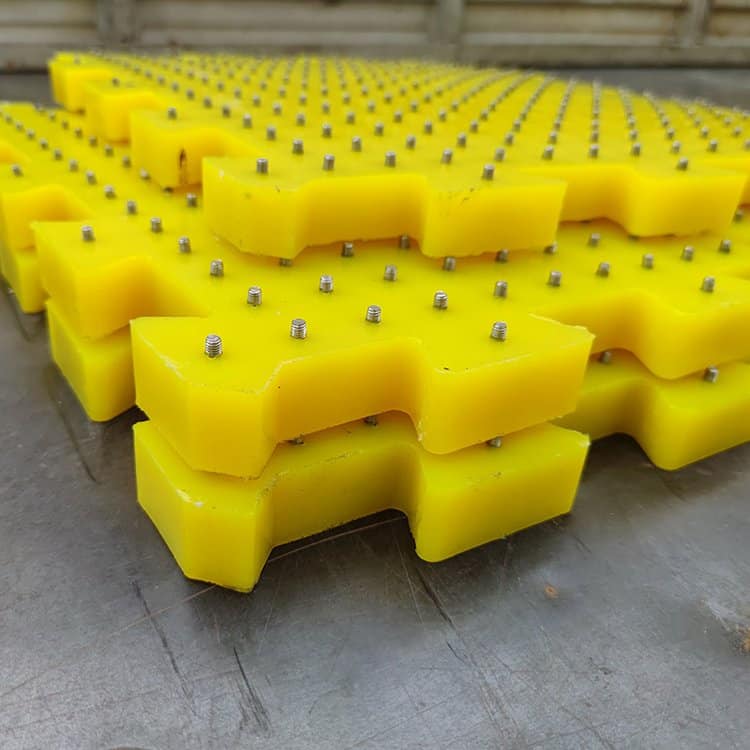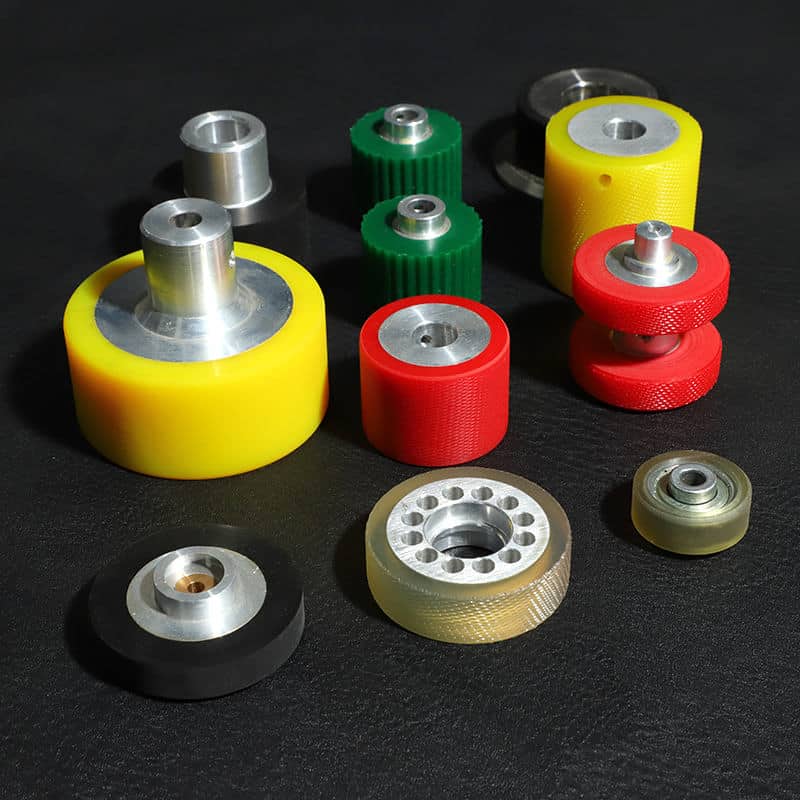If you’ve ever wondered whether silicone rubber can be recycled, wonder no more! The answer is a resounding, yes – and in fact, recycling silicone rubber is a lot easier than you might think.
Recycling silicone rubber: the process and benefits
Silicone rubber can be recycled, but the process is not yet widely available. Recycling silicone rubber allows manufacturers to reuse the material, which reduces waste and cuts production costs.
There are two main methods of recycling silicone rubber: compression molding and extrusion. In compression molding, the silicone rubber is melted and formed into a new shape. This method is often used to recycle scrap from production or to recycle used products. In extrusion, the silicone rubber is melted and forced through a die to create new pellets or “noodles.” These pellets can be used to make new products or can be sold as-is.
The benefits of recycling silicone rubber include reducing waste, saving energy, and reducing production costs. Recycling also prevents environmental pollution by reducing the need for mining and drilling operations to obtain new silicone rubber.
Why is silicone rubber difficult to recycle?
One thing that makes silicone rubber so versatile is its ability to resist heat. That same property, however, makes it difficult to recycle.
Silicone rubber can withstand temperatures up to 500 degrees Fahrenheit, making it ideal for many industrial and commercial applications. The material is used in everything from caulk and sealants to medical devices and cooking utensils.
Because it can take so much heat, melting down silicone rubber for recycling is extremely difficult. The high melting temperature also means that recycling facilities must invest in special equipment to reprocess the material. As a result, silicone rubber is often landfilled or incinerated rather than recycled.
Potential solutions to the recycling problem
It is possible to recycle silicone rubber, but there are some challenges associated with doing so. One of the biggest challenges is that silicone rubber is often contaminated with other materials, such as plasticizers or colorants. This can make it difficult to obtain a pure sample of silicone rubber that can be used to create new products. Additionally, recycling facilities may not have the equipment necessary to recycle silicone rubber properly.
There are some potential solutions to these challenges, however. One solution is to develop recycling facilities that are specifically designed for silicone rubber. Another solution is to develop methods for separating silicone rubber from other materials so that it can be recycled more easily.
The benefits of recycling silicone rubber
Silicone rubber is a type of synthetic rubber that is made from silica, or silicon dioxide. This material is derived from sand, and it is also found in the form of quartz. The benefits of recycling silicone rubber include the fact that it can be used to create new products, it is durable, and it does not degrade over time.
The drawbacks of recycling silicone rubber
The main drawback of recycling silicone rubber is that it can be difficult to remove impurities from the material. This is because silicone rubber is a very versatile material that is used in a variety of applications, which means that it can be contaminated with a wide range of substances. For example, if silicone rubber has been used as a sealant in a food processing factory, it may be contaminated with food particles or other contaminants that could potentially endanger the quality of the recycled material.
Another potential problem with recycling silicone rubber is that it may not be possible to recycle all of the material. For instance, if the rubber has been extensively damaged, it may not be possible to recycle it into new products. In addition, some recycling processes may not be able to remove all impurities from the material, which could potentially lead to the production of inferior recycled products.
The future of silicone rubber recycling
As the environmental impact of silicone rubber becomes more apparent, manufacturers are searching for ways to make the material more sustainable. One promising method is recycling silicone rubber.
Silicone rubber can be recycled using a process called pyrolysis. In this process, the silicone rubber is heated in the absence of oxygen to break it down into its constituent parts. This process can be used to recycle both waste silicone rubber and scrap silicone rubber.
The resulting products can be used to create new silicone rubber products or other materials such as plastics or fuels. Recycling silicone rubber can help reduce the environmental impact of manufacturing and extend the life of landfills.
How to recycle silicone rubber
Industrial waste rubber, such as silicone rubber, is recycled by crushing and pulverizing it into powder. The powder is then cleaned and sold as a raw material for products such as tires, flooring, and insulation.
What can be done with recycled silicone rubber?
Recycled silicone rubber can be used to make a variety of products, including:
Silicone Gaskets and Seals, Silicone O-rings, Silicone Hoses, Silicone Belts, Silicone rubber sheet, Silicone Cable insulation. If you are looking for high quality, please do not use recycled silicone. This is why some silicone rubber is expensive, while others are cheaper.

















